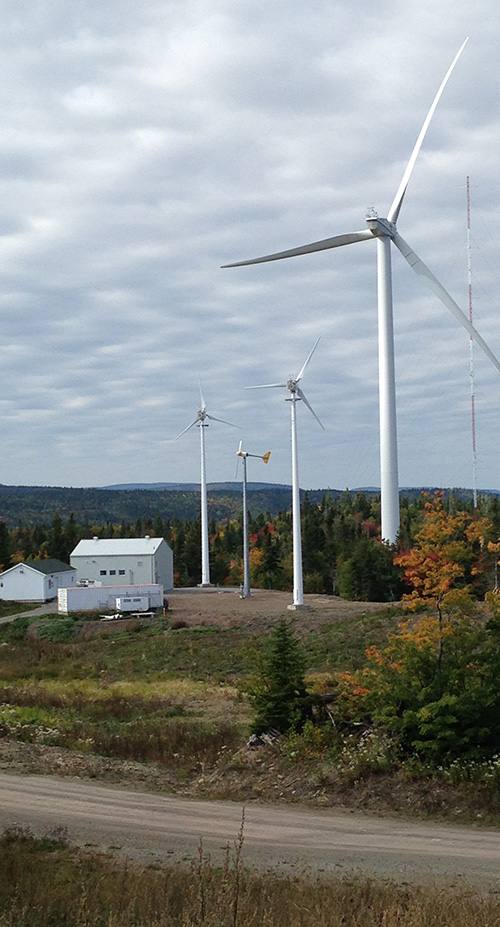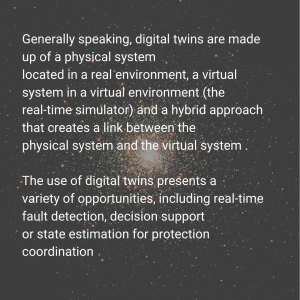Designing new renewable energy systems and integrating them into the existing grid present a large number of challenges, whether it be in terms of defining operating modes, selecting protective elements, grid stability or optimal energy management. In this context, it is critical that these new systems be validated to ensure they function correctly even before they are deployed in the field.
In this context, Nergica is working in partnership with OPAL-RT to develop a library of digital twin models of decentralized energy production systems and a controller for the optimization of power/energy flow management in microgrids. Such developments will ultimately help optimize the use of renewable sources in microgrids at high penetration rates.
Research focused on the needs of integrators and operators
Various analysis tools and testing methods can be used for renewable energy integration R&D as well as for energy management in integrated or remote electric grids. Of these, testing methods based on real-time simulation and which comprise detailed digital models are proving to be promising. Such methods can notably be used to test operation strategies or scenarios that could arise before such scenarios actually occur in the real world. The use of real-time simulators and the addition of hardware-in-the-loop simulations also lead to a reduction of R&D and grid design costs.
Thanks to infrastructures installed in real-world conditions, parameter determination techniques and testing plans adapted to different sources of energy production, it is possible to create digital twins, i.e. models whose dynamic behaviour is validated and realistic.
In summary, Nergica has the infrastructures – including notably a full-scale microgrid and an OPAL-RT real-time simulation platform – and the expertise to go from design to testing in on-site operating conditions to carry out validations using real-time hardware-in-the-loop simulation. Conducted in collaboration with OPAL-RT, these research efforts will help develop the know-how necessary to study the reliability and viability of deploying renewable energy systems, whether it be under steady or transient operating conditions. In the process, the project will help address the concerns of integrators and operators, thereby facilitating a greater integration of renewables and an effective energy transition.
It should be pointed out that in terms of the evolution of the global electricity mix, it is predicted that by 2050, 64% of electricity will be renewable, whereas in 2017, two-thirds of all electricity was produced using fossil fuels. Likewise, of the US$11,500 billion that will be invested by 2050 to boost production capacity by 13,157 GW, 86% will go toward zero-emission technologies, including US$8,400 billion for wind and solar PV projects.[1] According to Bloomberg New Energy Finance, the cost of PV power will be in the order of US$25 per megawatt-hour (MWh). As for wind energy, costs are expected to decline by a further 58% by 2050, while battery storage is forecast to plummet by 67%.[2]
[1] A. Barbaux, “64 % d’électricité renouvelable dans le monde en 2050, selon Bloomberg”, L’Usine Nouvelle, June 2018.
[2] A. Barbaux, “64 % d’électricité renouvelable dans le monde en 2050, selon Bloomberg”, L’Usine Nouvelle, June 2018.


